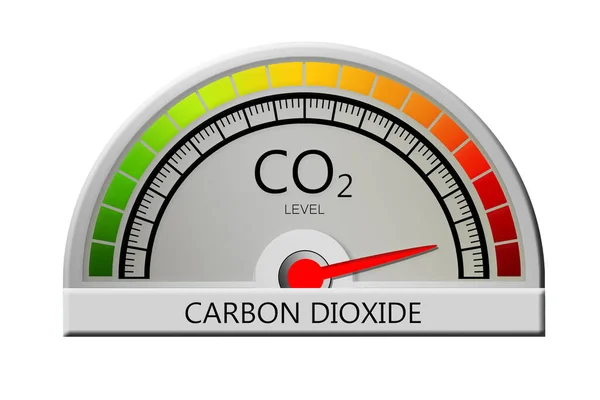Rate Of Atmospheric CO2 Accumulation Rises In July 2024
At present, the trailing twelve month average of the year-over-year change in the concentration of CO₂ in the air as measured at the remote Mauna Loa Observatory rising at 3.26 parts per million per year, which is among the highest rates on record.

Only the period from September 2016 through March 2017 has been higher.
That period coincided with the global impact of widespread wildfires in Indonesia, which was fueled by drought conditions in that country during the very strong El Niño event of 2015. The excess contribution of CO₂ entering the atmosphere from that event remained elevated for months after the wildfires themselves died down.
Since May 2023, the world has been experiencing another very strong El Niño event, which now appears to be on the cusp of ending. Unlike 2015 (and 1997 before it), the El Niño event of 2023-24 has not been accompanied by extensive wildfires in Indonesia's carbon-rich peat lands.
With that being the case, the carbon dioxide data is telling us more about human activities. The current rise of atmospheric CO₂ began after December 2022 when China, the world's largest source of human-produced carbon dioxide emissions, lifted its zero-COVID restrictions, stimulating its economy. The following chart shows the results.
We've updated the chart to also indicate previous periods in which China's government acted to stimulate the nation's economic growth, which often coincide with increases in the pace of carbon dioxide accumulation in the atmosphere.
These periods also often coincide with or follow periods of economic downturns in China, pointing to the role of China's economic stimulus initiatives in putting more CO₂ in the air. In the current rising cycle for CO₂ accumulation, in addition to the lifting of its zero-COVID lockdowns that hampered its economic output, China increased its production of electricity from coal-fired power plants to offset unreliable hydroelectric power generation, while seeking to offset the impact of new tariffs imposed by the Biden-Harris administration to stimulate its domestic economy. On that latter count, the Chinese government's efforts have been similar to those it adopted during the previous Trump administration's tariff war with China in 2018-19.
References
National Oceanographic and Atmospheric Administration. Earth System Research Laboratory. Mauna Loa Observatory CO2 Data. [Online Data]. Updated 5 August 2024. Accessed 11 August 2024.
More By This Author:
US-China Trade Racing To Beat Clock On New Biden-Harris TariffsS&P 500 Recovers After Getting Rattled By Japan's Carry Trade Noise Event
Teen Jobs Situation Disappoints In July 2024
Disclosure: Materials that are published by Political Calculations can provide visitors with free information and insights regarding the incentives created by the laws and policies described. ...
more



